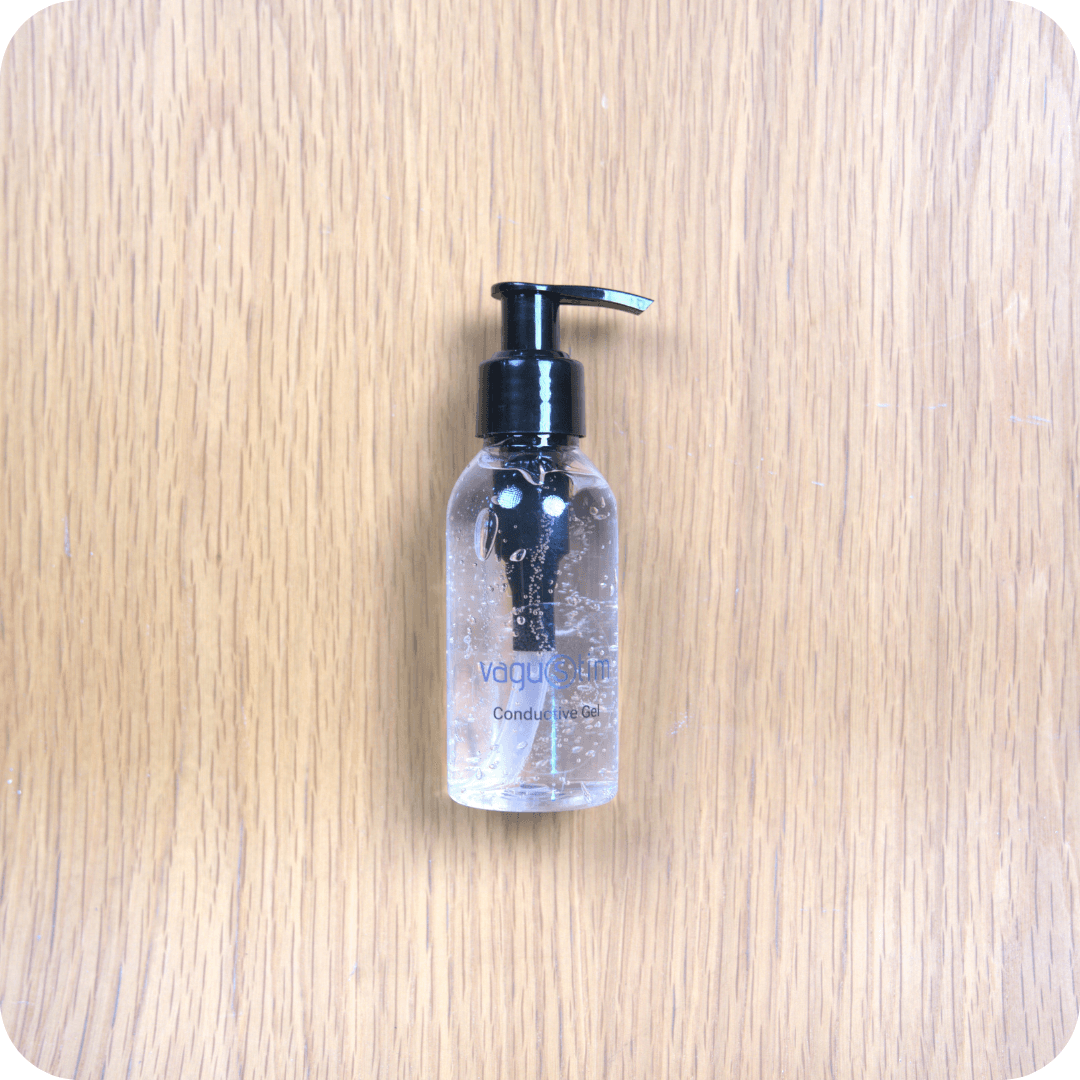The Gut-Brain Connection
The gut and brain are intricately connected through the gut-brain axis, a bidirectional communication system that influences both mental and physical health. This connection is primarily mediated by the vagus which plays a crucial role in regulating digestion, immune function, and neurotransmitter balance.
How VNS Supports Gut Health
1. Regulation of Inflammation
Long-term gut inflammation is linked to several issues and overall cellular stress. The vagus plays a key role in the body’s anti-inflammatory response via the cholinergic anti-inflammatory pathway. Preliminary studies suggest vagus activation may support the body's natural inflammatory balance, potentially influencing markers like TNF-α, thereby mitigating intestinal inflammation and promoting gut healing.
2. Improved Digestion and Gut Motility
The vagus controls peristalsis, the wave-like muscle contractions that move food through the digestive tract. Low vagal tone has been associated with reduced digestive efficiency, which may relate to occasional discomfort or irregular motility patterns. Vagus activation has been found to enhance gut motility, making it a promising approach to support natural digestive rhythms and overall gut wellness.
3. Balancing the Gut Microbiome
The gut microbiome consists of trillions of bacteria that influence digestion, metabolism, and immune function. A healthy vagus helps maintain a diverse and stable microbiome, while dysregulated vagal activity is linked to microbial imbalances, leading to gastrointestinal issues. Vagus activation has been shown to support microbial diversity and reduce these issues.
4. Stress Reduction and Gut Health
The gut-brain axis is highly sensitive to stress, which can disrupt gut function. The vagus is crucial for activating the parasympathetic nervous system (rest-and-digest state), helping to counteract the effects of chronic stress on the digestive system. Vagus activation has been linked to lower cortisol levels and improved gut function in individuals with stress-related digestive problems.
Vagus Activation and the Gut Microbiome
Recent research suggests that vagus activation can positively influence gut bacteria composition. Breit et al. (2018) showed that vagus activation treatment has been associated in research settings with shifts in microbiome diversity, including the presence of beneficial strains.
Why Consider a Non-Invasive VNS Device?
Traditional vagus activation therapies involve surgical implantation, but non-invasive vagus activation devices now offer an accessible, drug-free approach to improving gut health.
Benefits include:
-
Drug-free therapy with no risk of medication side effects
-
Supports digestion and gut motility naturally
- Supports inflammatory balance in the digestive tract, which may be relevant to general digestive well-being.
-
Helps balance the gut microbiome
- Lowers stress levels, supporting overall digestive function
Vagustim offer a non-invasive approach to support vagal tone and contribute to daily digestive wellness routines.
Keywords:
Gut-brain axis, Inflammation, Microbiome, Resilience, Cholinergic anti-inflammatory pathway, Non-invasive vagus activation
References:
1. Bonaz, B., Sinniger, V., & Pellissier, S. (2018). Vagus nerve stimulation at the interface of Brain–Gut interactions. Cold Spring Harbor Perspectives in Medicine, 9(8), a034199. https://doi.org/10.1101/cshperspect.a034199
2. Bonaz, B., Sinniger, V., & Pellissier, S. (2021). Therapeutic potential of vagus nerve stimulation for inflammatory bowel diseases. Frontiers in Neuroscience, 15. https://doi.org/10.3389/fnins.2021.650971
3. Hesampour, F., Tshikudi, D., Özden, A. V., Bernstein, C. N., & Ghia, J. (2024). EP98 NON-INVASIVE TRANSCUTANEOUS AURICULAR VAGUS NERVE STIMULATION (NITAVNS) MAINTAINED COLONIC PROLIFERATIVE ACTIVITY, DIFFERENTIATION, AND GOBLET AND TUFT CELL ASSOCIATED MARKERS IN a PRECLINICAL MODEL OF UC. Gastroenterology, 166(5), S-1528. https://doi.org/10.1016/s0016-5085(24)03956-8




